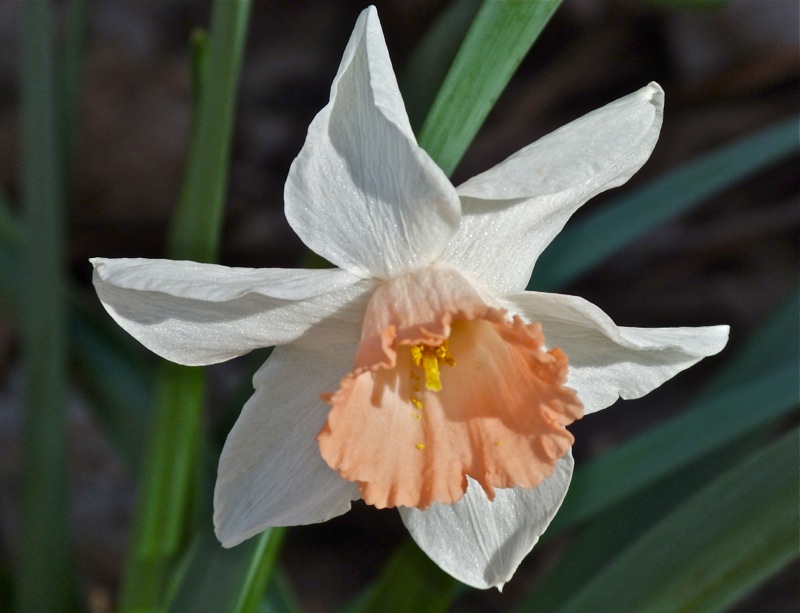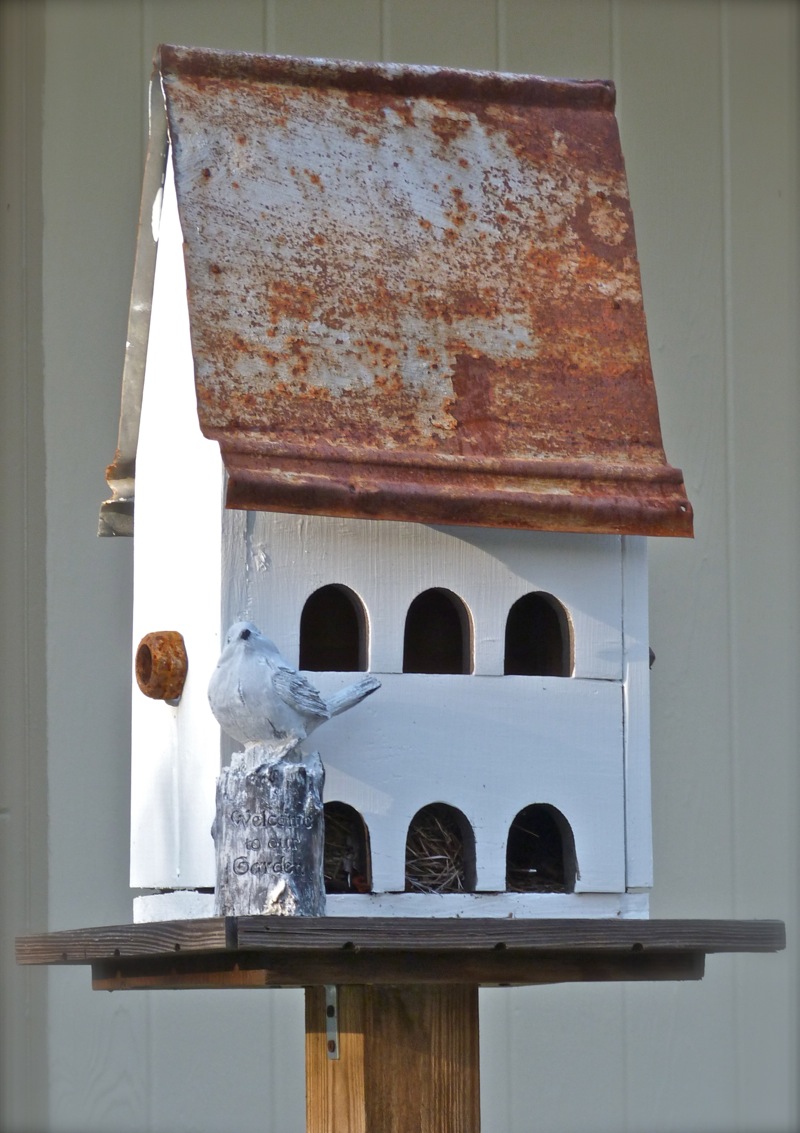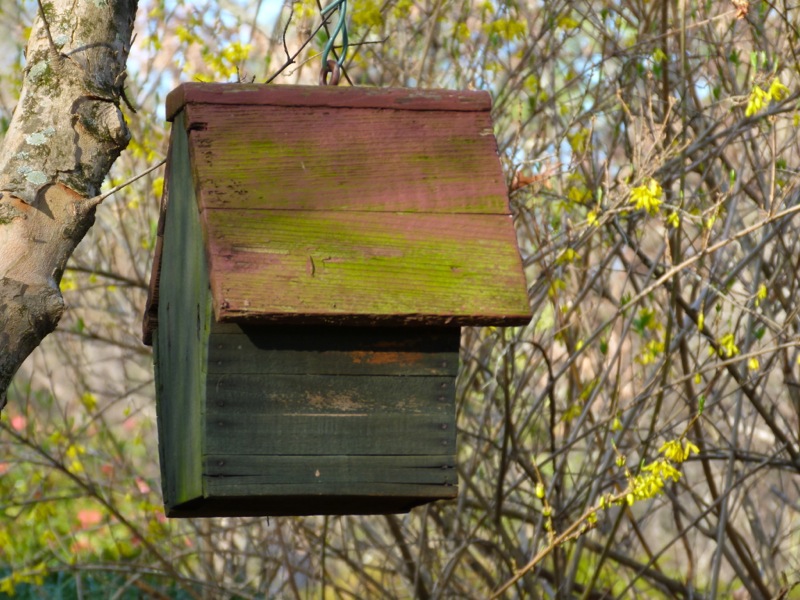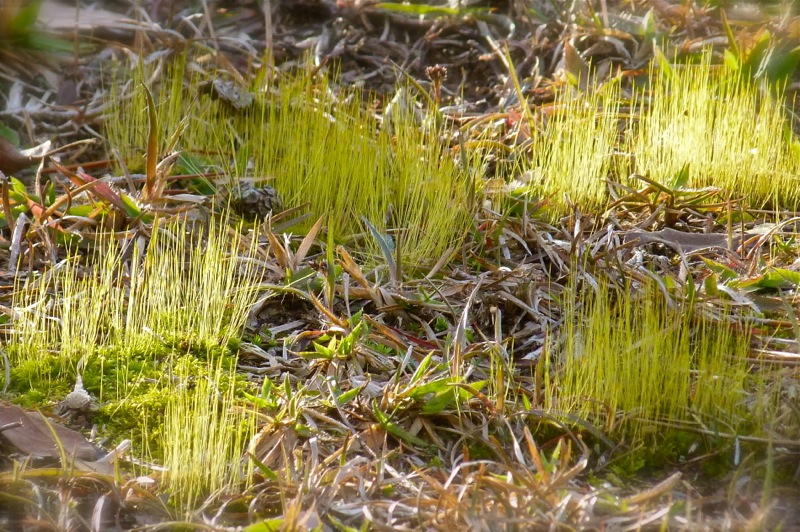Now I'm Famous, Briefly
 Sunday, March 4, 2012 at 6:45PM
Sunday, March 4, 2012 at 6:45PM A stranger was standing in front of our house, taking photographs. My husband, being of suspicious nature, first considered the shotgun. We live inside the city, but our lot is pretty much at the end of the world, and folks don't come snooping without a reason. However, since the stranger was a pleasant-looking lady, he decided to go out and speak to her. I wasn't at home at the time, and later Lou told me she liked our garden and wanted to talk to me. The outcome of all this is that we were awarded Yard of the Month in the Helena News!
I mentioned the coveted Yard of the Month award in a long ago post, An Award No Lizard Can Give. In my mind it's right up there with the Academy Awards, although there is no prestigious ceremony where I get to wear a low-cut gown, nor are there television reporters waiting for my important words, nor monetary gains of any sort. Still. There's a photograph and a nice little article in the local news, recognition of my garden and a brief moment of fame.
So I am feeling happy about my garden, despite the weeds that are taking full advantage of our early spring. Some flowers have been blooming since January and are still putting on a satisfying show.
First are daffodils, including the pink 'Salome':
Other daffodils were planted as part of a naturalizing mixture and are nameless, but still lovely:
Next are hellebores; no other flower lasts longer or ages more gracefully:
Camellias:The top photo is of an old camellia bush that was by our mailbox when we first moved here. We later transplanted it to its current location in the Front Garden. The second row shows a red camellia from that same shrub and a pink camellia which sprouted by the mailbox after we had transplanted the first one. I'm not sure how that happened. The third row is Camellia 'Taylor's Perfection' and the red 'Gunsmoke'.
Some blooms have appeared more recently:Clockwise from top left: Muscari, grape hyacinths; Trollius; Viburnum burkwoodii; Hepatica; Dogwood, just beginning to bloom; the wildflower Trillium; another wildflower - Butterweed, Packera glabella; Azalea, just beginning to bloom.
Early blooming forsythias were beautiful till heavy storms of the past few days stripped many of their flowers. These photos were taken about two weeks ago. There is a secret entrance to the Woodland Garden just to the left of the large forsythia that grows beside the drive. It is down a fairly steep hill, and I have put in a few flat rocks to serve as steps. Someday I hope to have some real stairs here. Look close in the second photo, and you can catch a glimpse of our Dinosaur Egg, perched on a wooden pedestal:
Mr. Rabbit guards the main entrance to the Woodland Garden, and one can see the groundcover indigofera beginning to leaf out next to him:
This shot is from the main entrance. It is comparable to the one I featured in my last post, similar view taken two years ago. The tree in the upper left with purple blooms is 'Jane' magnolia.
Here's another view seen from our driveway. The first photo is the side of a birdhouse, the second one is the front of the same birdhouse. Some bird builds a nest every year here, but I have never seen baby birds being raised in it.

This is the old birdhouse in the Woodland Garden. Moss is beginning to grow on its roof:
Speaking of moss, I love the look of this moss, growing in a field:
Finally, redbud trees are in full bloom:
Spring is here! I hope that wherever you are, whatever the season you are in, that you are safe and comfortable and able to enjoy nature's blessings. Deborah
 Permalink
Permalink  Yard of the month,
Yard of the month,  awards,
awards,  birdhouse,
birdhouse,  camellia,
camellia,  daffodil,
daffodil,  forsythia,
forsythia,  hellebores,
hellebores,  moss,
moss,  redbud tree,
redbud tree,  spring flowers,
spring flowers,  woodland garden in
woodland garden in  spring,
spring,  woodland garden
woodland garden 
